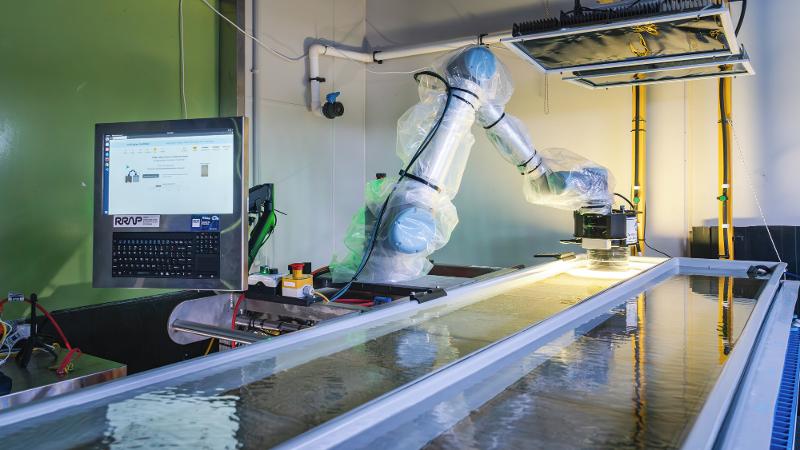
Findings from an international genetic study involving the University of Melbourne means it may now be possible to predict which children are more likely to develop epilepsy later in life based on their genotype (the risk genes they may carry).
The study looked at febrile seizures in 7,636 children from Denmark and Australia, identifying seven variant genes that researchers say now substantially improve our understanding of the underlying causes of seizures in young children.
While most febrile seizures are benign and self-limiting with no recurrence, about seven per cent of children who have the seizures will later develop epilepsy.
Published today in the international neurology journal, Brain, Professor Berkovic and fellow University of Melbourne co-authors, Associate Professor Michael Hildebrand and Professor Ingrid Scheffer, with colleagues from Denmark’s Statens Serum Institut, detail the genes discovered in a large cohort of children with febrile seizures that may also increase risk of them developing epilepsy later in life.
“The link between febrile seizures and epilepsy has been known for years but its genetic underpinnings are only now emerging. GABRG2, a neurotransmitter receptor gene we discovered, is well-established as an important gene for epilepsy associated with febrile seizures, and this new clear link to febrile seizures prior to development of epilepsy is another important piece in this puzzle,” Professor Sam Berkovic, co-author of the study said.
Professor Berkovic, who is also Director of Epilepsy Research Centre at Austin Health, said three of the new genes produce presynaptic proteins that may turn out to be targets for new drug therapies, which would be particularly important for children who go on to develop epilepsy.
Lead author, Dr Bjarke Feenstra, from Statens Serum Institut, said the study had also revealed genes that could identify the development of fevers in mammals.
“The connections to fever response are intriguing. We hypothesise that genetic changes that affect the way the prostaglandin receptor (PTGER3) and interleukin (IL10) immune system genes normally function in mediating response to infections may lead to a more pronounced fever, which in turn could increase the susceptibility of children suffering febrile seizures.”
Professor Hildebrand, Head of the Translational Neurogenetics Laboratory, Epilepsy Research Centre, Melbourne Brain Centre, said: “febrile seizures are the most common seizure type experienced by children, affecting two to five per cent of children before the age of five, meaning finding the causes of these seizures could be critical to understanding how epilepsy develops.”








